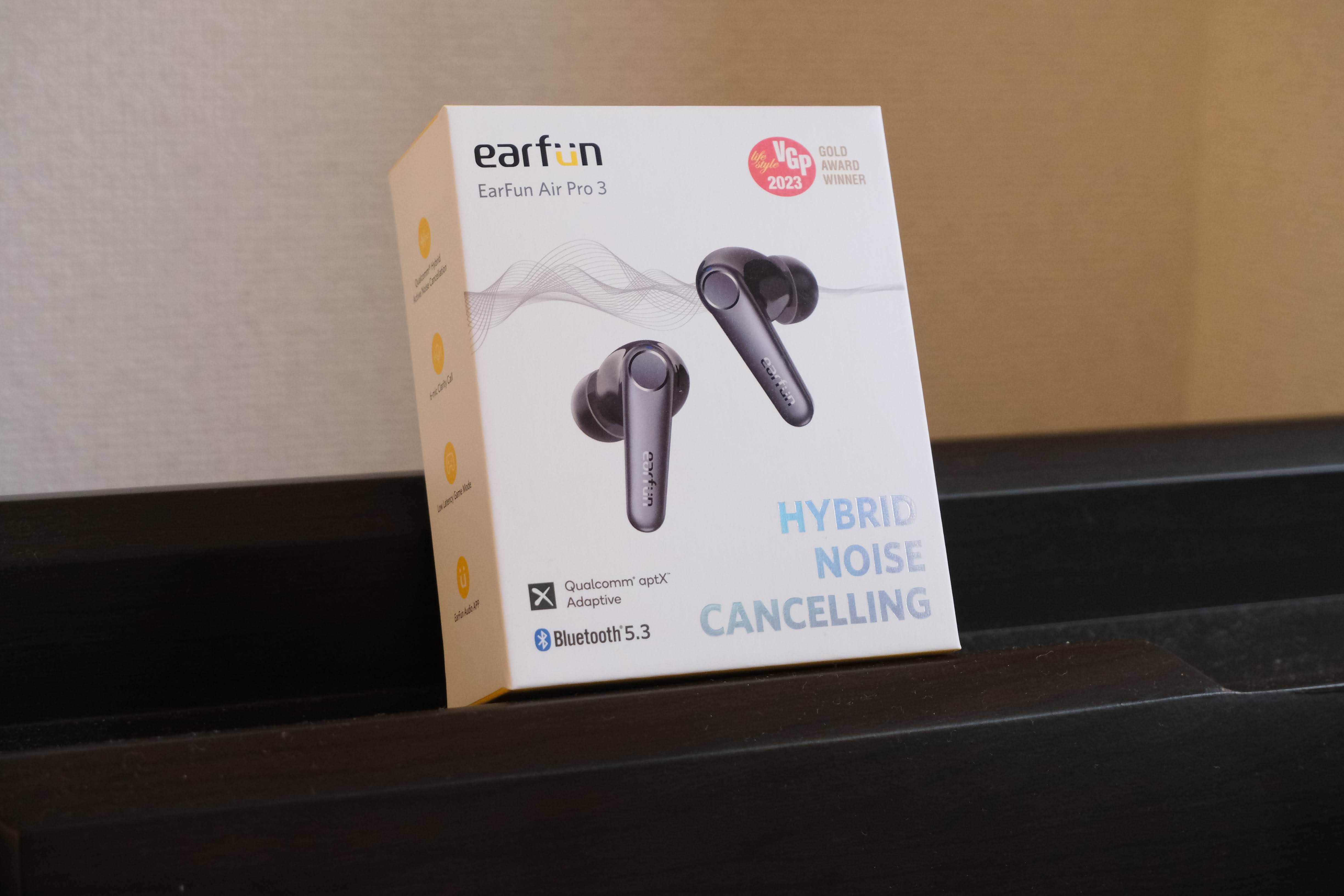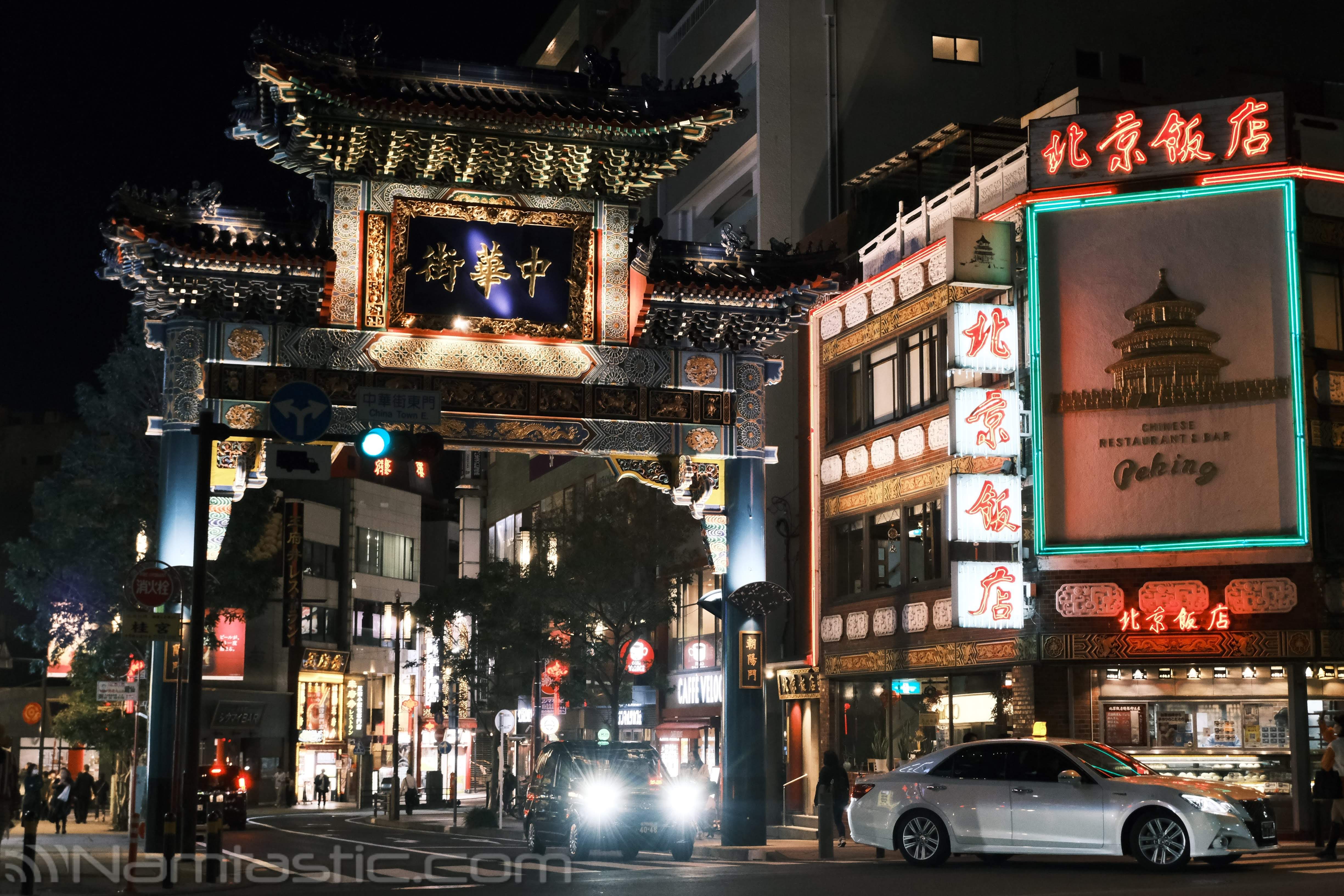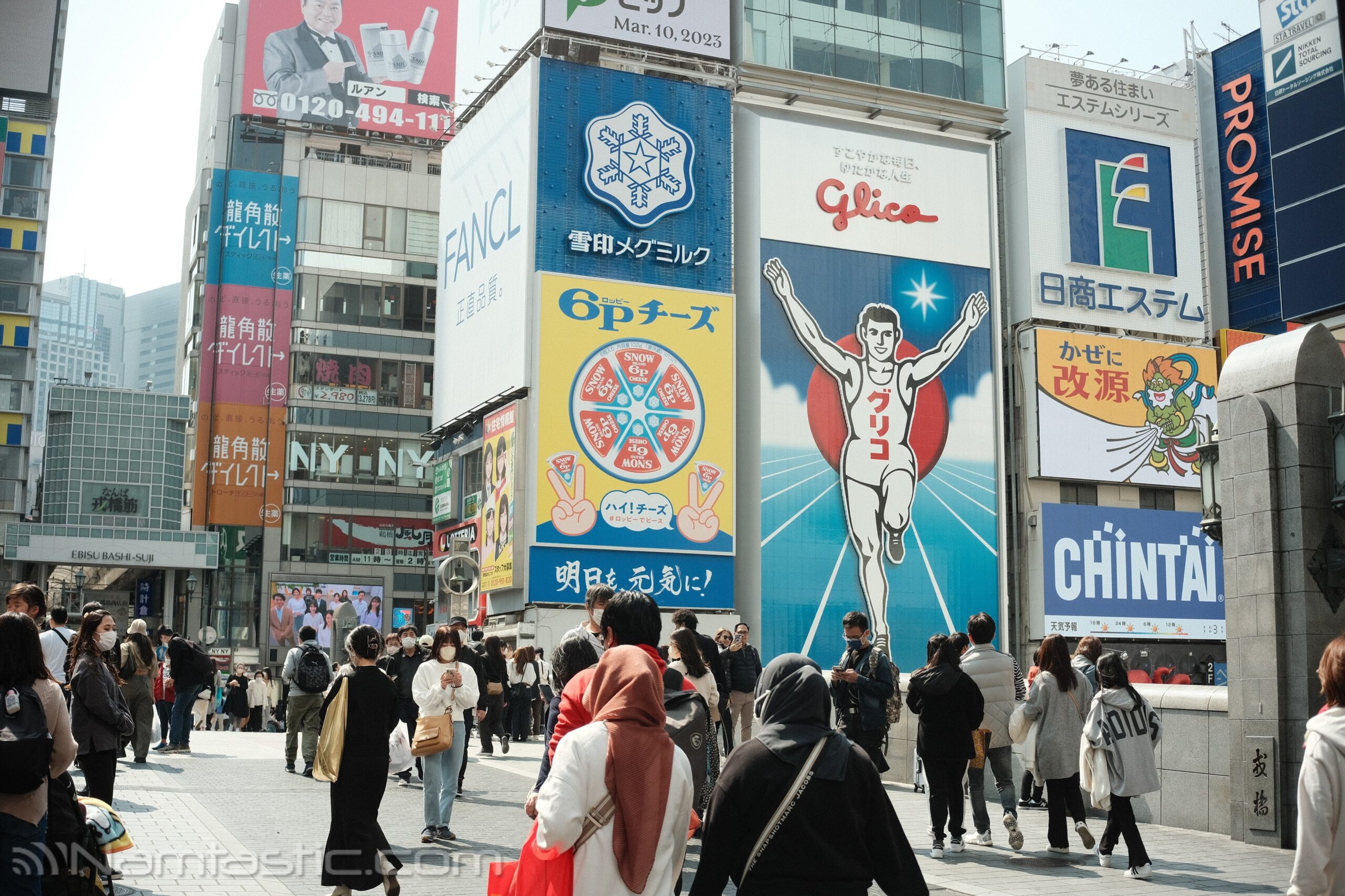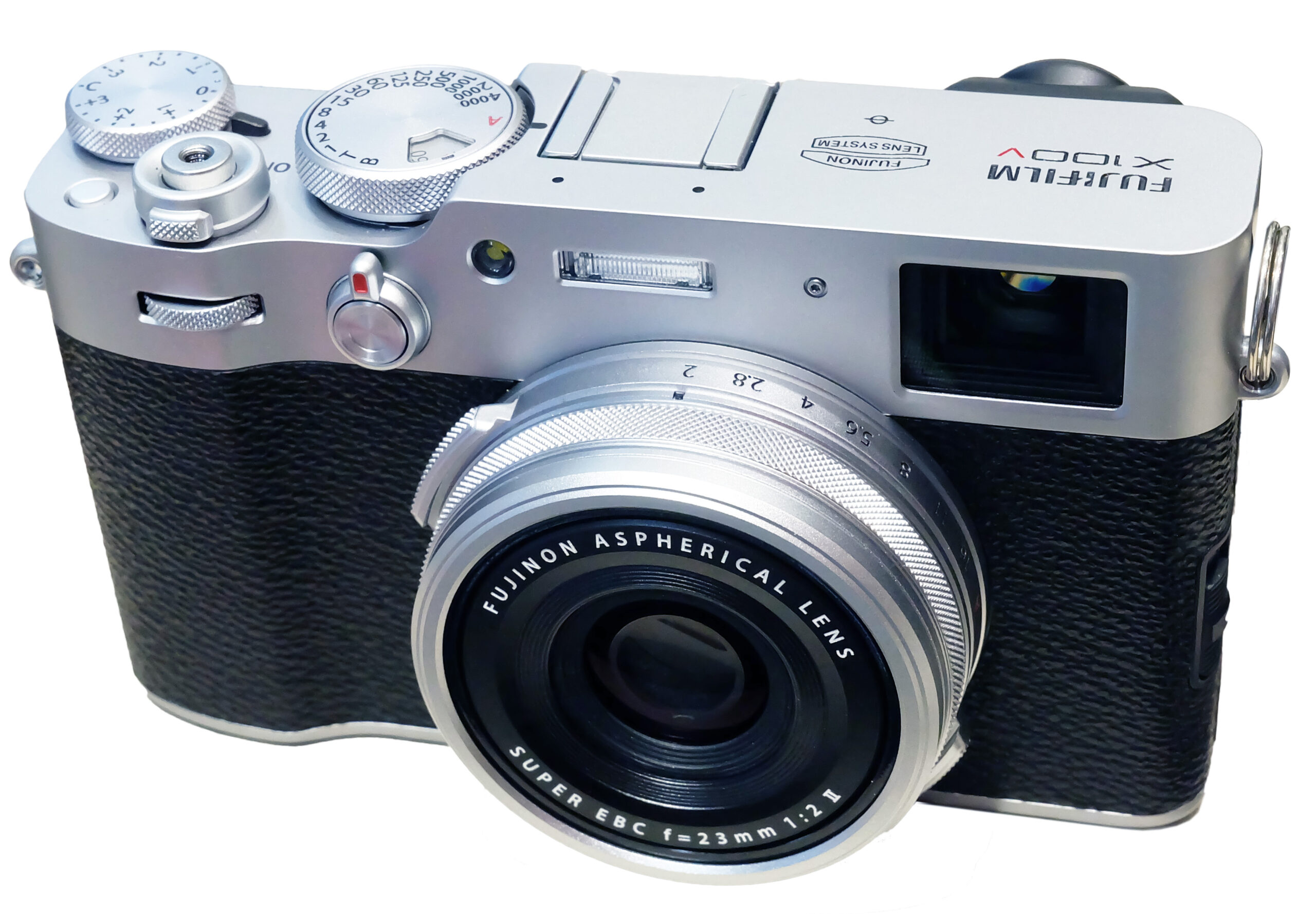2) SONY RX100 M3 Digital Camera Review – for Street Photography
I think the SONY RX100M3 is an excellent choice of camera for street photography.
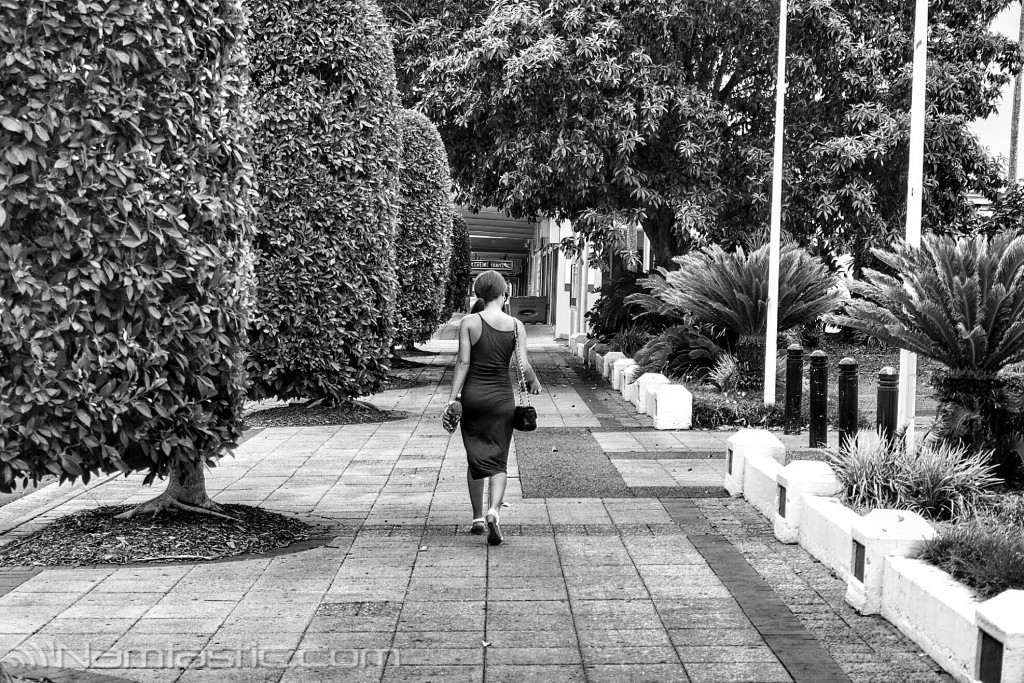
Advantages:
It’s extremely compact and inconspicuous and it has an almost silent shutter, which allows more opportunities for candid shots. It doesn’t require a lens cap, so you don’t need to have the camera open and ready, you can keep it in your pocket, pull it out and take photos soon after you press the on button.
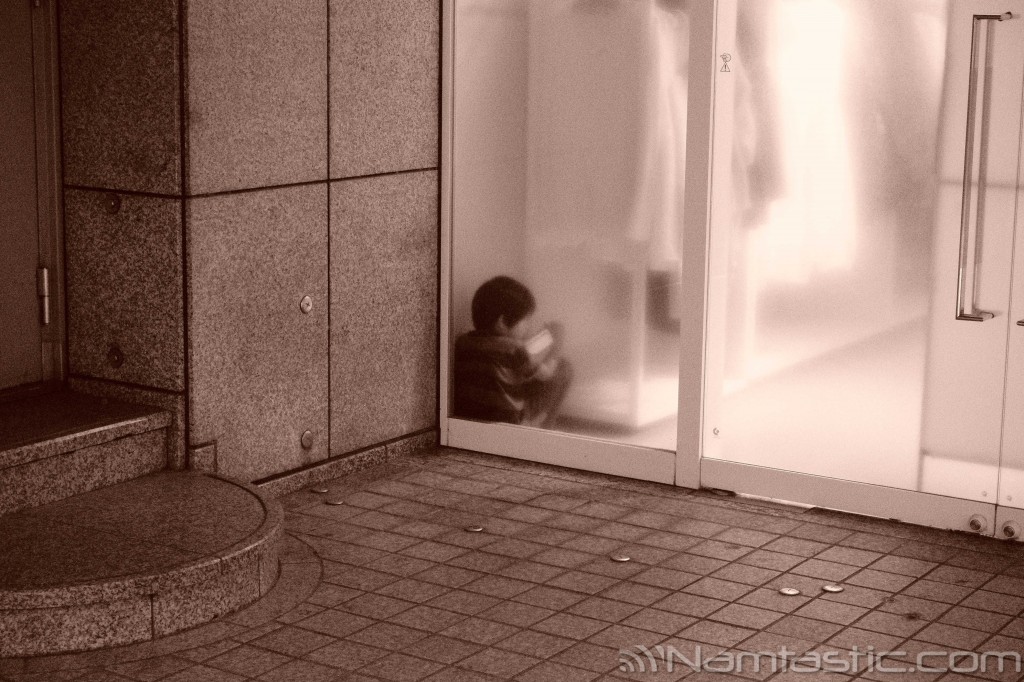
Disadvantages:
The auto-focus on the RX100 series is not as fast or accurate as other camera models. This is because it utilises Contrast Detect (CD) auto-focus. Most DSLRs use Phase Detect (PD) auto-focus which is generally a faster method. Cameras like the SONY A6000 use a hybrid auto-focus using CD and PD.
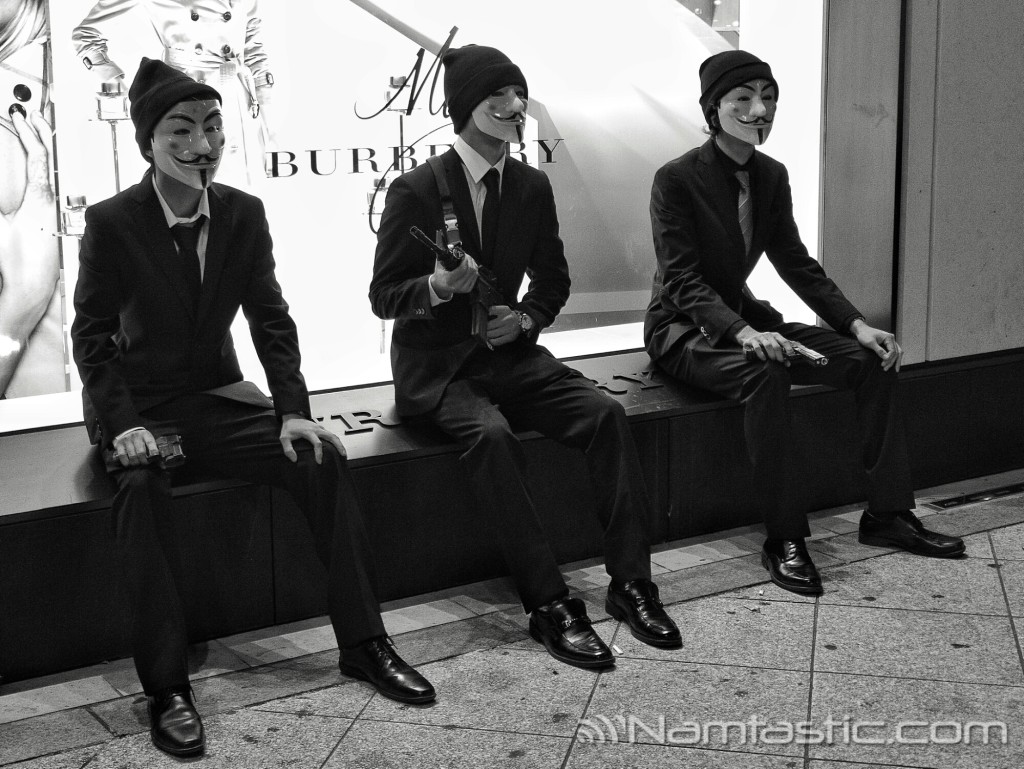
Some countermeasures to avoid getting shots out of focus are as follows:
Use a higher (darker) aperture value to increase the depth of field. This will allow a larger depth of the area you have in focus. I normally choose F5.6 in the day, but if it is very bright outside I can go higher. As a result, my shots will not have much if any bokeh, but on the street I usually focus on capturing a particular scene in the fastest instant possible rather than looking for artistic camera views and lens effects.
I normally choose Continuous Focus (CF) mode if I’m going to “shoot from the hip”, effectively just pointing my camera in the direction of the scene I want to capture and hitting the shutter without looking at the viewfinder or LCD screen. This can result in shots such as these:
Another method is to use a Zone Focus technique by putting the camera into Manual Focus mode. Some cameras have physical controls that help for Zone focusing, but the RX100 isn’t one of them. I find focusing with the digital control wheel quite frustrating because there are no clicks and the only feedback is a digital focus bar on the display. This focus bar is the frustrating partly because the area of focus control is infinitely small. A better method is to use focus peaking. This adds a colour to the areas of the display that show contrast, therefore estimating what is in focus. I find it’s hard to confirm when looking at the display for a split second and it is also quite distracting. With practice I could get better at using the focus peaking display. I use focus peaking for manual focus on video also.
If you found this review useful, please consider shopping on Amazon through this affiliate link.
1) SONY RX100 M3 Digital Camera Review – Buying Decision
2) SONY RX100 M3 Digital Camera Review – for Street Photography
3) SONY RX100 M3 Digital Camera Review – for Portrait Photography
4) SONY RX100 M3 Digital Camera Review – for Long Exposure Photography
5) SONY RX100 M3 Digital Camera Review – for Landscape and HDR Photography


